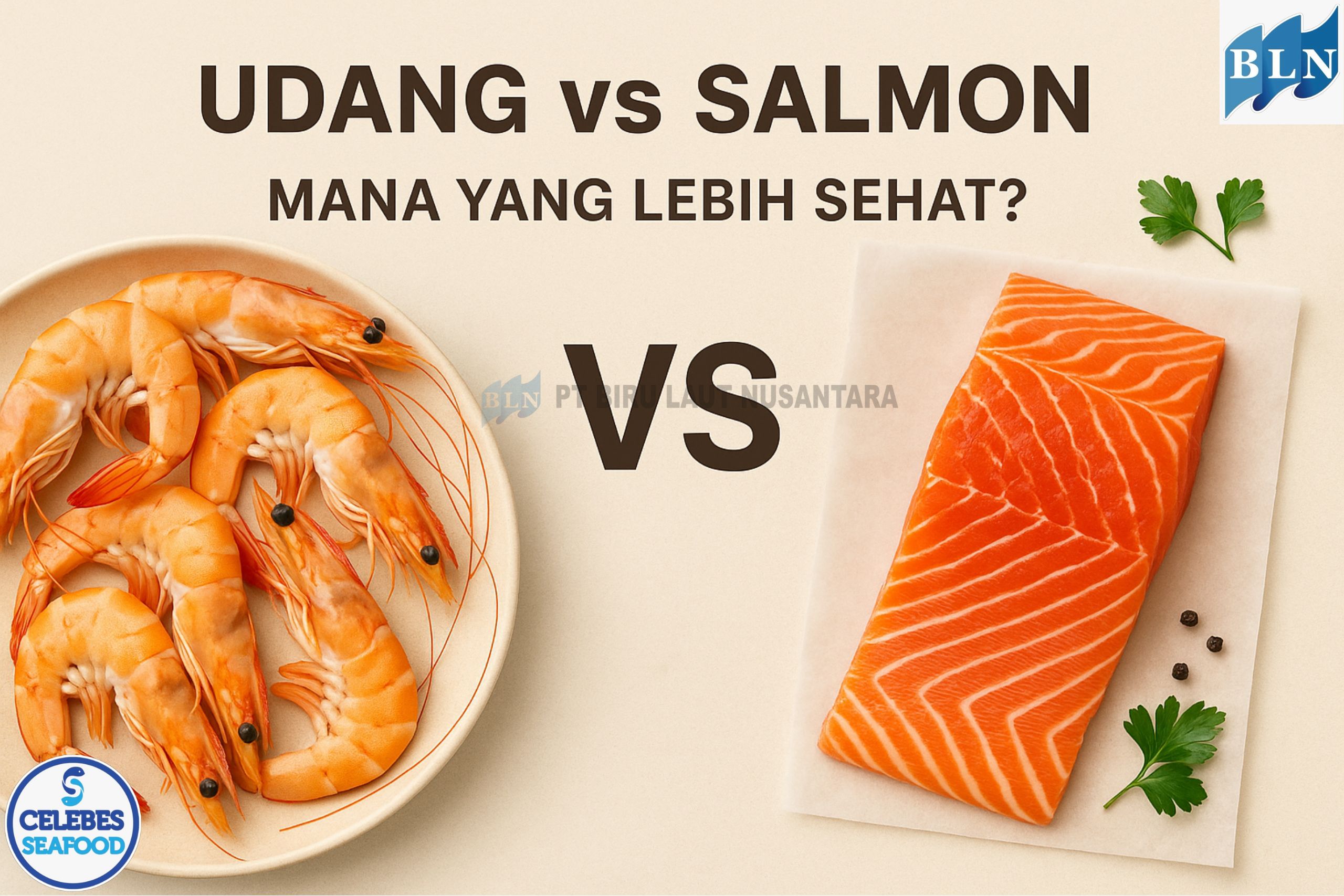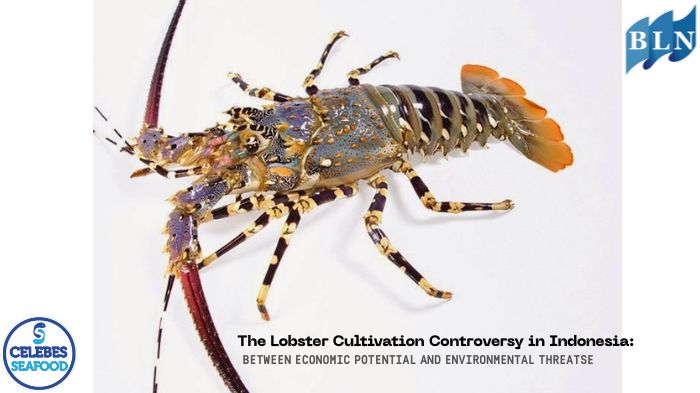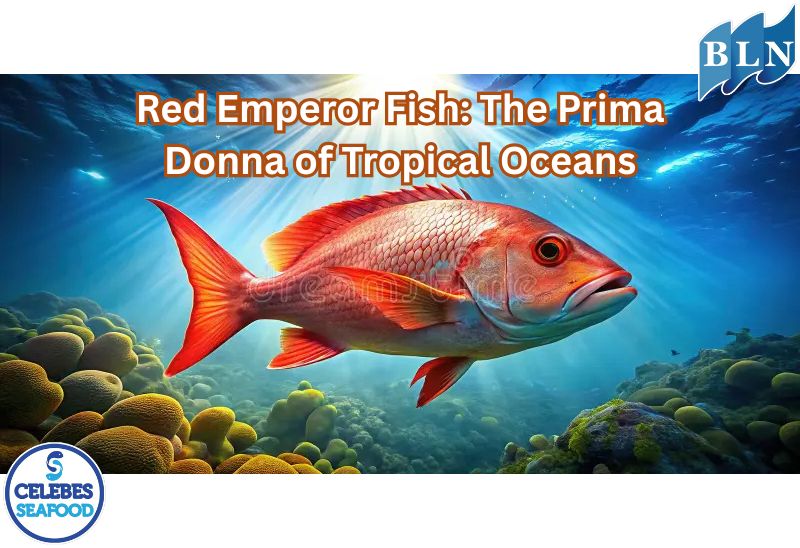Status and Distribution of Diseases in Stony Corals: A Threat to Coral Reef Ecosystems
By. Azizah - 25 Jul 2025.jpg)
lautnusantara.comStony corals (Scleractinia) are the primary framework builders of coral reef ecosystems, supporting extensive marine biodiversity. Over the past two decades, increasing coral disease outbreaks have emerged as a critical issue in marine conservation. Diseases such as white syndrome, black band disease, and brown band disease lead to rapid tissue loss and coral mortality. This article reviews major coral diseases affecting stony corals, their current status, distribution patterns globally and in Indonesia, and mitigation efforts being undertaken.
1. Introduction
Stony corals are calcifying organisms that form the structural basis of coral reefs in tropical marine environments. They are essential to habitat stability and support thousands of marine species. However, stony corals are highly susceptible to various diseases that attack live tissues, causing bleaching, necrosis, and colony collapse. These disturbances have worsened with rising sea temperatures, pollution, and increasing environmental stressors.
2. Common Diseases in Stony Corals
Some of the most prevalent diseases affecting stony corals include:
|
Disease Name |
Characteristics |
Primary Cause |
|---|---|---|
|
White Syndrome |
Progressive tissue loss with exposed white skeleton |
Bacteria (suspected Vibrio spp.) |
|
Black Band Disease |
Dark band separating healthy and dead tissue |
Microbial consortium: cyanobacteria, sulfate-reducing bacteria |
|
Brown Band Disease |
Moving brown bands or patches across coral tissue |
Endoparasitic dinoflagellates (Ostreopsis) |
|
Yellow Band Disease |
Pale yellow lesions that spread slowly |
Chronic bacterial infection |
|
White Plague |
Rapid and extensive tissue loss |
Bacterial or viral agents |
|
Skeletal Eroding Band |
Gradual erosion of tissue and skeleton surface |
Ciliates (Halofolliculina spp.) |
3. Contributing Factors to Coral Disease Outbreaks
Key drivers of coral disease outbreaks include:
-
Rising sea surface temperatures due to global warming
-
Marine pollution from land-based sources (sewage, fertilizers, heavy metals)
-
Eutrophication, promoting microbial pathogen growth
-
Direct human contact from tourism and fishing activities
-
Disturbed coral microbiota, weakening coral immune defenses
-
Mass bleaching events, increasing coral susceptibility to infections
4. Global Status and Distribution of Stony Coral Diseases
Coral diseases were first widely reported in the Caribbean and Great Barrier Reef in the 1970s. In recent decades, they have spread to Indo-Pacific regions, including Indonesia.
|
Region |
Affected Coral Genera |
Dominant Diseases |
Current Status |
|---|---|---|---|
|
Great Barrier Reef |
Acropora, Montipora |
White Syndrome |
Large-scale structural degradation |
|
Caribbean |
Orbicella, Diploria |
White Plague, Yellow Band |
Up to 80% coral cover loss |
|
Hawaii & Pacific |
Porites, Pocillopora |
Trematodiasis, BBD |
Localized but spreading infections |
|
Red Sea |
Favia, Goniastrea |
Black Band Disease |
Reported since early 2000s |
|
Indonesia |
Acropora, Montipora, Porites |
White Syndrome, Brown Band |
Widespread and increasing annually |
5. Status and Distribution in Indonesia
Indonesia, located in the Coral Triangle, harbors over 70 genera of stony corals. However, many reef areas are degrading due to:
-
Coastal pollution and sedimentation
-
Destructive fishing practices (blast fishing, cyanide)
-
Ocean warming and frequent coral bleaching events
-
Lack of national-scale coral disease surveillance
The most frequently reported diseases are white syndrome and brown band disease, especially affecting Acropora and Montipora genera. Affected sites include:
-
Kepulauan Seribu (Java Sea) – coral cover decline by up to 50% due to disease
-
Wakatobi – disease outbreaks followed mass bleaching events
-
Raja Ampat – brown band disease observed in high-tourism zones
-
Bunaken and Makassar Strait – white syndrome prevalent on branching corals
6. Mitigation and Prevention Strategies
Although there are no direct cures for coral diseases, several mitigation approaches have been adopted:
-
Routine coral health monitoring using LIT and photo transects
-
Coral restoration using disease-resistant species (e.g., Porites)
-
Marine Protected Area (MPA) enforcement and activity restrictions in core zones
-
Coastal waste management to reduce nutrient and pathogen inputs
-
Public awareness and ecotourism education to avoid coral contact and damage
If you are interested in our Red Emperor Fillet Skin On, Red Snapper Fillet Skin On please do not hesitate to contact us through email and/or whatsapp.








